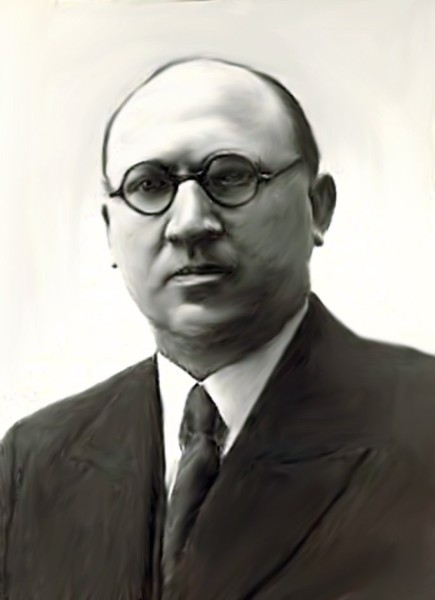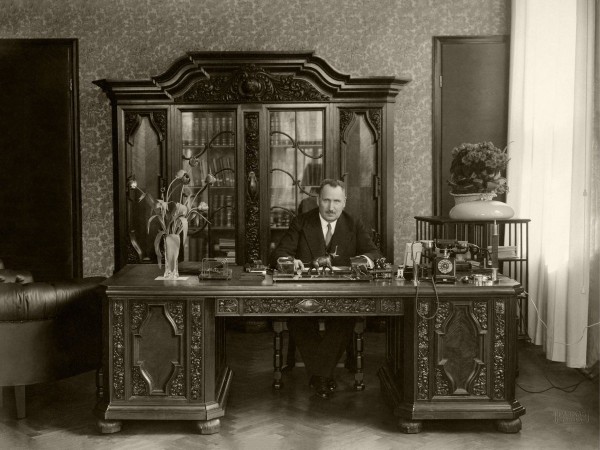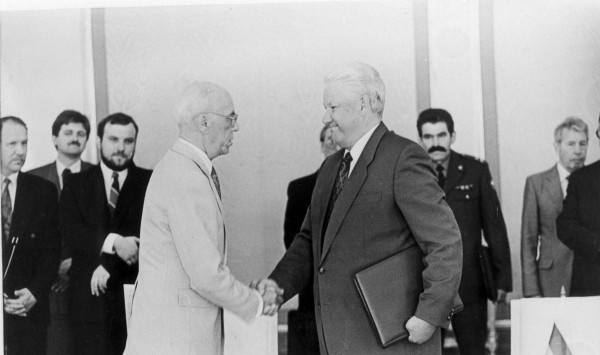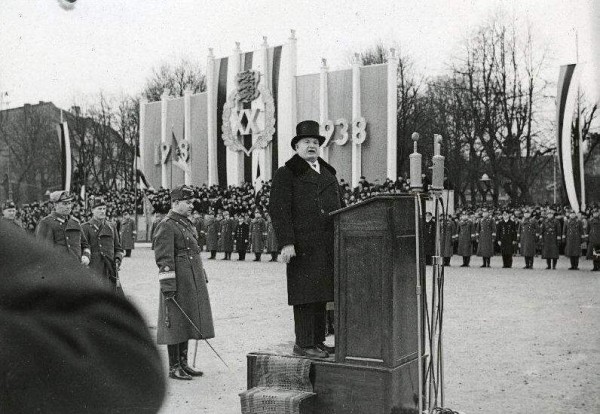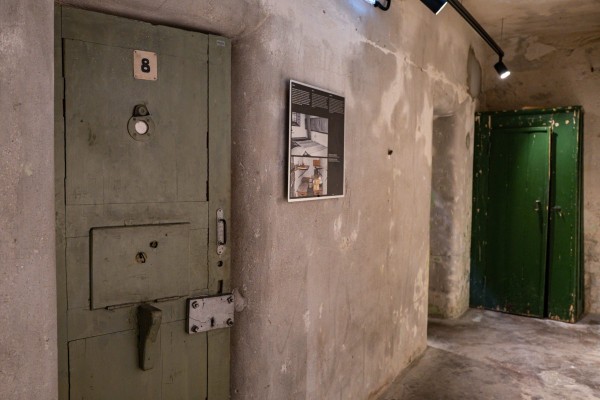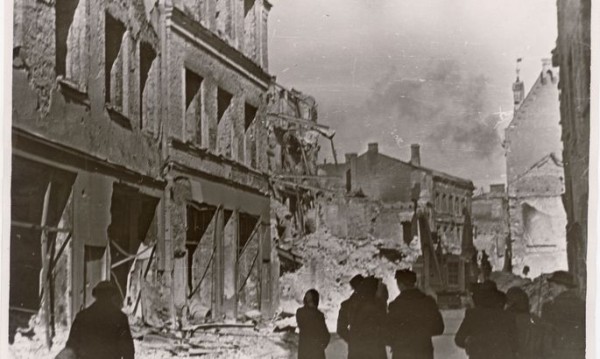
Some seventy years ago, the “Metsavennad” (Estonian anti-Soviet resistance) in Estonian forests, supported by the communities in the localities, was a microcosm of life under foreign occupation and repression.
Enno Piir, spending seven years as a resistance fighter and five and a half years in a forced labour camp, has chronicled his life in thirteen volumes of prose and poetry. His time spent evading arrest and suffering the inhumanity of Siberia are rent with pathos as well as nerve-racking thrills.
Before the war, Christmas in Piir’s family had its time-worn traditions. It officially commenced at 3:00 pm on December 24th and lasted till the night hours of Christmas day. Christmas eve was filled with visits to the local elderly and poor with gifts, that included firewood, flour, raisin bread, Christmas saugsage, meat and other edibles too expensive for the recipients. The women of the region had agreed to who visited whom. Gatherings, usually at the local school, on Chirstmas day brought friends and family together for a traditional celebration. This lasted until the Soviet occupation of 1940.
Enno Piir especially remembers the Christmas when he was 37 and had spent one whole year battling and evading Soviet secret police and forces. He had unsuccessfully attempted to join the ‚Green Legion’ and flee to the West. He had managed the Haanja community centre and library. He joined the resistance in the summer of 1941, when the Soviets were forcing young men into the Red Army. By the time of the German occupation he had joined the anti-Soviet Home Guard and in 1942, as head of the local construction commission he restored the municipal War of Independence monument which the Soviets had destroyed during their first occupation. He also had published a picture album, which the Soviets later banned labelling it politically dangerous. (Pikemalt Eesti Elu 18. dets. paberlehes)
Advertisement / Reklaam
Advertisement / Reklaam







